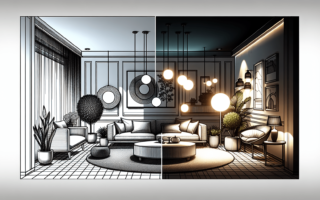Step into the world of exhibitions and events, where lighting takes center stage in creating an unforgettable experience. From mesmerizing displays to captivating installations, the power of lighting in this dynamic industry cannot be underestimated. In our article, we explore how the art of illumination can transform any space, highlighting its ability to evoke emotions, enhance aesthetics, and grab the attention of your audience. Whether you’re planning an exhibition or organizing a memorable event, get ready to embrace the radiant showcase that lighting has to offer.
1. Importance of Lighting in Exhibitions and Events
Exhibitions and events are all about creating an impactful and immersive experience for the attendees. One powerful element that contributes to the success of these gatherings is lighting. The right lighting can enhance the visual appeal of the space, set the mood and atmosphere, highlight key elements and create a memorable experience for everyone involved.
Enhancing the Visual Appeal
The power of lighting in exhibitions and events lies in its ability to enhance the visual appeal of the space. Properly designed lighting can make a space look more inviting, professional, and aesthetically pleasing. By strategically illuminating the exhibit or event area, the lighting design can draw attention to the key features, products, or artwork on display, maximizing their impact. It can also create a sense of depth and dimension, making the space feel larger and more dynamic.
Setting the Mood and Atmosphere
Lighting has the incredible ability to set the mood and atmosphere of an exhibition or event. Whether it’s creating a warm and cozy ambiance for an intimate art gallery opening or a vibrant and energetic atmosphere for a music festival, lighting can effectively evoke emotions and enhance the overall experience. With different color temperatures, intensities, and lighting techniques, you can create the desired atmosphere that aligns with the theme and concept of the event.
Highlighting Key Elements
In any exhibition or event, there are usually key elements that deserve special attention. It could be a product display, a stage, a piece of artwork, or even a speaker podium. Lighting can be used to highlight these elements, ensuring they stand out and grab the attention of the attendees. By using spotlights or gobos, the lighting designer can direct focus and create a visual hierarchy within the space. This not only enhances the overall aesthetic but also helps guide the audience’s gaze towards the important elements.
Creating a Memorable Experience
Lighting plays a crucial role in creating a memorable experience for attendees. It can transform a simple event space into a captivating and immersive environment. By using lighting techniques such as color washes, projection mapping, or interactive lighting, you can engage the audience in a unique and memorable way. Lighting can create a sense of excitement, wonder, and anticipation, leaving a lasting impression on the attendees and ensuring they remember the event long after it’s over.
2. Types of Lighting Techniques
In order to achieve the desired visual impact and atmosphere, lighting designers employ various techniques. Here are some commonly used lighting techniques in exhibitions and events:
Spotlights
Spotlights are versatile lighting fixtures that emit a narrow, concentrated beam of light. They are often used to highlight specific objects or areas within the exhibition or event space. Spotlights can be strategically positioned to draw attention to key elements, create dramatic effects, and add depth and dimension to the overall lighting design.
Floodlights
Floodlights, on the other hand, provide a broader, more diffuse light spread. They are used to evenly illuminate larger areas or backdrops. Floodlights are often used to create a general wash of light on walls, stages, or exhibition booths. They can also be employed to create a sense of brightness and openness in outdoor events or venues with high ceilings.
Uplights
Uplights are placed on the floor and directed upwards to illuminate walls, architectural features, or objects from below. This technique adds drama and visual interest to the space, especially when used to highlight textured walls or sculptures. Uplights can be used in conjunction with other lighting techniques to create a layered and dynamic lighting design.
Gobos
Gobos are small metal or glass plates that are placed in front of a light source to project patterns, images, or logos onto surfaces. They are often used to create branded lighting effects or to add texture and visual interest to walls, floors, or ceilings. Gobos allow lighting designers to customize the lighting design and create unique visual effects that reinforce the event’s theme or branding.
Color Washes
Color washes involve bathing a space or object in colored light. This technique can completely transform the mood and atmosphere of an exhibition or event. By using colored gels or LED lights, lighting designers can create vibrant, dynamic, and immersive environments. Color washes can be used to complement the event’s theme, highlight specific areas, or evoke specific emotions in the audience.
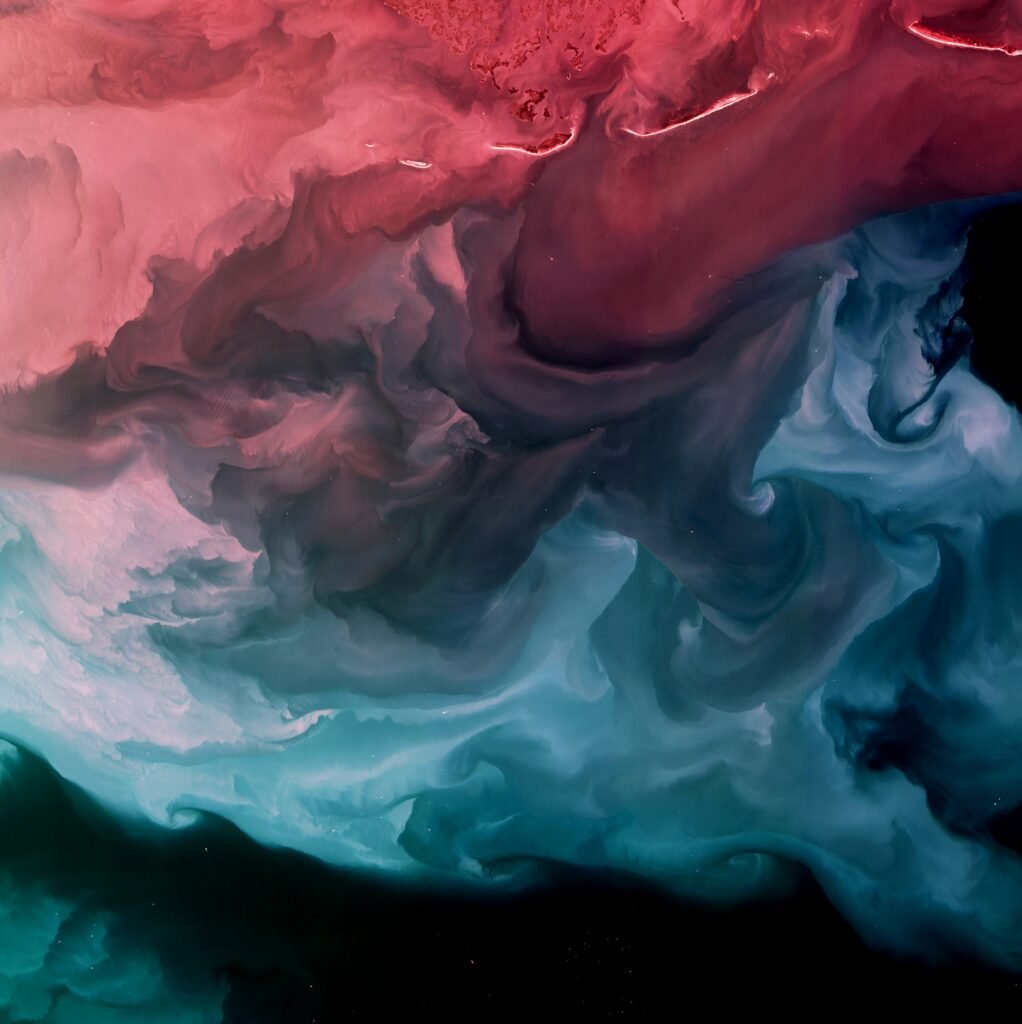
3. Key Considerations in Lighting Design
When designing the lighting for an exhibition or event, several key considerations must be taken into account. These considerations ensure that the lighting design seamlessly integrates with the venue, theme, and other visual elements.
Understanding the Venue and Layout
Before starting the lighting design process, it is essential to thoroughly understand the venue and its layout. Consider the available power sources, electrical infrastructure, and any limitations or restrictions that may affect the lighting setup. Understanding the venue layout will help determine the optimal placement of lighting fixtures and ensure the lighting design enhances the space effectively.
Working with the Theme and Concept
The lighting design should complement and enhance the overall theme and concept of the exhibition or event. Consider the desired mood, atmosphere, and emotions that the event aims to evoke. The lighting design should align with these goals and help create a cohesive and immersive experience for the attendees. By understanding the event’s purpose and target audience, the lighting designer can choose the appropriate lighting techniques, colors, and intensities to achieve the desired effect.
Coordinating with Other Visual Elements
In exhibitions and events, lighting is just one piece of the larger visual puzzle. It’s important to coordinate the lighting design with other visual elements such as signage, graphics, audiovisual setups, and decorations. The lighting should complement and enhance these elements rather than overpower or clash with them. Collaboration and communication with other professionals involved in the event planning process are crucial to ensure a cohesive and visually pleasing overall design.
Considering Safety and Accessibility
Safety should always be a top priority when designing the lighting for exhibitions and events. Ensure that all lighting fixtures are installed correctly, using appropriate rigging and secure fastening techniques. Consider the ergonomics and accessibility of the lighting setup, especially in areas where attendees will be walking or interacting with the exhibits. Adequate illumination of walkways, stairs, and exits is essential to ensure the safety and well-being of the attendees.
4. Lighting Design for Different Exhibition and Event Spaces
Different exhibition and event spaces require tailored lighting designs to effectively showcase the exhibits, products, or performances. Here are some considerations for lighting design in various types of spaces:
Indoor Exhibitions
Indoor exhibitions often have specific lighting requirements to ensure optimal visibility and visual impact. Adequate general lighting is essential, supplemented with spotlights or uplights to highlight specific exhibits or artwork. The lighting design should consider the overall atmosphere and the exhibition’s objectives, while also ensuring that the lighting fixtures are coordinated with the venue’s infrastructure and regulations.
Outdoor Events
Outdoor events present unique challenges and opportunities for lighting design. Natural lighting conditions, such as sunlight and moonlight, need to be taken into account when planning the lighting setup. In addition to general lighting, portable or temporary lighting fixtures may be required to provide adequate illumination for stages, walkways, and other areas. Waterproof and weather-resistant fixtures are crucial to withstand the elements.
Trade Shows and Conferences
Trade shows and conferences often involve large-scale exhibition spaces with multiple booths and displays. Lighting in these spaces is crucial to ensure each booth receives adequate visibility and can effectively showcase their products or services. A combination of general lighting and spotlights can be used to evenly illuminate the space while also highlighting key exhibits. Flexibility in lighting design is important to accommodate different booth configurations and requirements.
Galleries and Art Installations
Galleries and art installations require a lighting design that enhances the visual impact of the artwork while providing an optimal viewing experience for visitors. The lighting should be carefully controlled to avoid excessive heat, UV radiation, or color distortion that could damage the artwork. Directional and adjustable lighting fixtures can be used to create the desired ambiance, emphasize textures, and highlight specific details or focal points of the artwork.
Stage Performances and Concerts
Lighting for stage performances and concerts requires a combination of functional and creative lighting design. The lighting should support the performers, enhance their visibility, and contribute to the overall atmosphere of the performance. Colored, dynamic, and moving lights, along with projection effects and gobos, can be used to create dynamic lighting sequences that reflect the mood and energy of the performance.
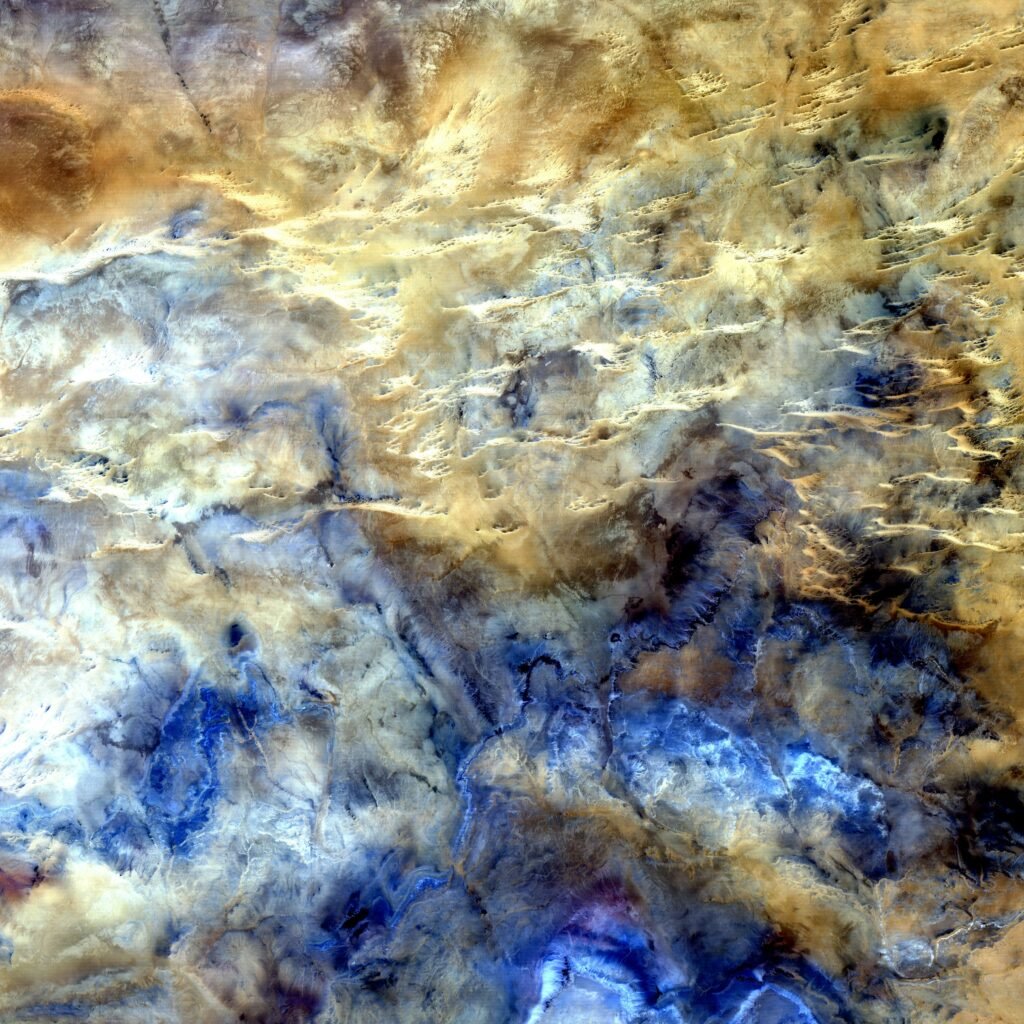
5. Trends in Lighting Technology
As technology continues to evolve, so does lighting design for exhibitions and events. Here are some notable trends in lighting technology:
LED Lighting
LED lighting has revolutionized the lighting industry with its energy efficiency, long lifespan, and flexibility. LED lights are now widely used in exhibitions and events due to their low power consumption, versatility in color options, and ability to create dynamic lighting effects. LED lights are also compact and lightweight, making them ideal for portable setups and installations.
Wireless Control Systems
Wireless control systems have significantly simplified lighting design and operation. With the ability to control and adjust lighting fixtures remotely, lighting designers have more flexibility and efficiency. Wireless control systems allow for precise lighting cues, dynamic color changes, and seamless integration with other audiovisual effects.
Interactive Lighting
Interactive lighting has gained popularity in recent years, particularly in experiential exhibitions and events. By incorporating sensors, motion detectors, or touch-sensitive surfaces, lighting can respond to the movements and actions of attendees. Interactive lighting can create engaging and immersive experiences, allowing attendees to actively participate in the event and become part of the lighting design.
Projection Mapping
Projection mapping involves projecting images or video onto irregular surfaces to create stunning visual effects. This technique is often used in large-scale events, architectural projections, or art installations. Projection mapping allows lighting designers to transform static objects into dynamic, animated displays, enhancing the visual impact and storytelling potential of the event.
Smart Lighting Solutions
Smart lighting technology integrates lighting fixtures with intelligent control systems, offering energy efficiency, adaptability, and remote management capabilities. Smart lighting solutions can automatically adjust lighting levels based on occupancy, time, or ambient light conditions, optimizing energy usage and creating comfortable environments. These systems also allow for easy monitoring, control, and customization of lighting settings, making them ideal for complex exhibitions and events.
6. Case Studies: Successful Lighting in Exhibitions and Events
Examining real-world examples of successful lighting designs can provide valuable insights and inspiration for future projects. Here are three notable case studies:
The Louvre Abu Dhabi: A Masterpiece of Lighting
The Louvre Abu Dhabi is renowned not only for its impressive collection of art but also for its innovative lighting design. The museum features a unique, multi-layered dome structure that allows natural light to filter through and create a serene ambiance. The lighting design seamlessly integrates with the architecture, enhancing the visitor’s experience by accentuating key artworks, providing subtle illumination, and creating a harmonious atmosphere throughout the galleries.
Coachella Music Festival: Illuminating the Stage
The Coachella Music Festival is known for its breathtaking stage designs and immersive visual experiences, largely achieved through cutting-edge lighting techniques. The festival utilizes a combination of powerful spotlights, moving lights, and LED screens to create dynamic lighting sequences that synchronize with the performers’ music and add visual impact to the stage. Light shows and special effects contribute to the overall atmosphere, captivating the audience and enhancing their enjoyment of the performances.
Milan Design Week: Transforming Spaces with Light
Milan Design Week showcases innovative designs from around the world, and lighting plays a significant role in transforming the exhibition spaces into immersive experiences. Lighting installations and sculptural exhibits take center stage, demonstrating the creative possibilities of light as a design element. Projection mapping, interactive lighting, and unconventional lighting fixtures are used to create mesmerizing displays and highlight the aesthetics and functionality of the featured designs.
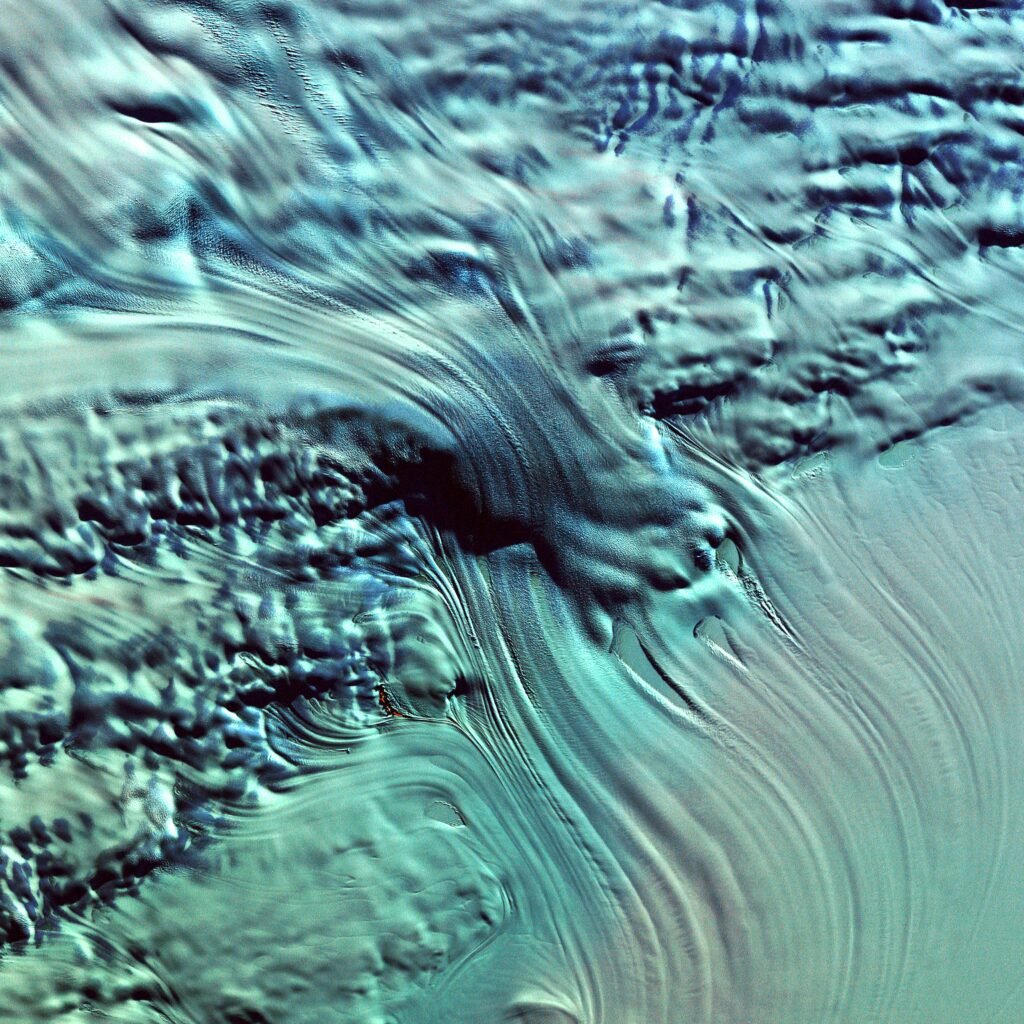
7. Lighting Challenges and Solutions
While lighting design in exhibitions and events can be visually stunning, it also comes with its fair share of challenges. Here are a few common challenges and potential solutions:
Limited Power and Electrical Infrastructure
Some venues may have limited power supply or outdated electrical infrastructure, posing challenges for lighting designers. To overcome this, power management techniques can be applied, such as LED lighting, low-power fixtures, and intelligent load balancing. Additionally, collaborating with experienced electricians can help ensure the lighting design is optimized within the existing electrical limitations.
Integrating Lighting with Sustainable Practices
With a growing emphasis on sustainability, it is important for lighting designers to consider energy efficiency and environmental impact. Using energy-efficient lighting sources like LEDs, incorporating natural light when possible, and implementing intelligent control systems can contribute to sustainable lighting design. Lighting fixtures can also be selected based on their recyclability and efficiency in minimizing light pollution.
Working within Budgetary Constraints
Exhibition and event budgets can vary greatly, and lighting design is often part of a larger financial allocation. To work within budgetary constraints, lighting designers can focus on key areas or exhibits, prioritize lighting techniques that have the most impact, and explore cost-effective lighting equipment options. Open communication with event organizers and suppliers is crucial to ensure the lighting design aligns with the available budget.
Dealing with Complex Venue Architecture
Venues with complex architecture, such as historic buildings or unconventional spaces, pose unique challenges for lighting designers. The goal is to creatively illuminate the space while preserving the architectural integrity. This can be achieved through careful fixture placement, custom lighting fixtures that blend harmoniously with the venue, and collaboration with architects or heritage consultants to ensure the lighting design complements and respects the venue’s architecture.
8. Professional Perspectives: Insights from Lighting Designers
Understanding the perspectives and advice of experienced lighting designers can provide valuable insights for aspiring professionals. Here are some key insights from lighting designers:
Importance of Collaboration and Communication
Successful lighting design requires collaboration and communication with other professionals involved in the event planning process. Lighting designers should work closely with architects, interior designers, audiovisual technicians, and event organizers to ensure the lighting design seamlessly integrates with the overall vision. Regular communication and coordination throughout the planning and execution stages are essential to achieve a cohesive and visually stunning result.
Tips for Creating a Lighting Plan
Developing a comprehensive lighting plan is crucial for successful execution. Lighting designers should carefully analyze the venue layout, consider the event’s purpose and target audience, and understand the available lighting equipment. Creating a detailed lighting plot, incorporating lighting cue sheets, and conducting thorough on-site rehearsals can help ensure the lighting design is executed as planned. Flexibility and adaptability are also important, as last-minute changes or adjustments may be required.
Balancing Creativity and Technical Constraints
Lighting design involves both technical skills and creative vision. Lighting designers must strike a balance between pushing the creative boundaries and working within technical constraints and safety regulations. It is important to explore innovative lighting techniques and stay up-to-date with current trends while also ensuring that the lighting design is practical, feasible, and meets the client’s objectives.
Addressing Client Expectations
Understanding and managing client expectations is crucial for a successful lighting design project. Lighting designers should engage in open, ongoing communication with clients to clarify their goals, vision, and budget. Regular progress updates and sharing design concepts or visualizations can help ensure the client’s expectations are aligned with the lighting design. It is important to listen actively to client feedback and iterate on the design to achieve a lighting solution that exceeds their expectations.
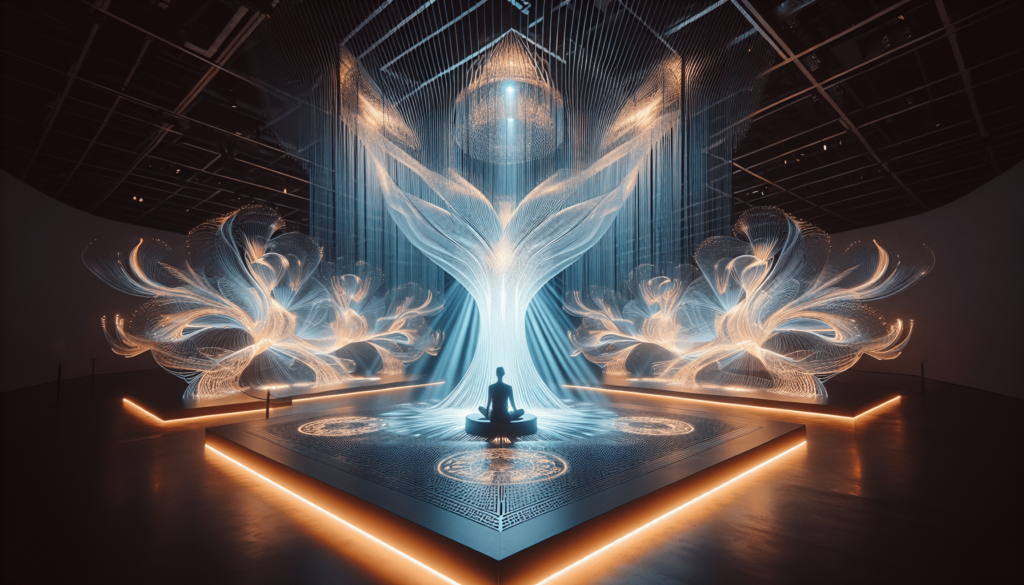
9. Resources and Tools for Lighting Design
When undertaking lighting design projects, it is valuable to have access to relevant resources and tools. Here are some resources and tools that can aid in the lighting design process:
Online Lighting Calculators
Online lighting calculators help lighting designers determine the appropriate number of fixtures, wattage, and the desired light level for a given space. These calculators take into account the dimensions of the space, the desired illuminance levels, and the chosen lighting fixtures to provide accurate lighting calculations.
Lighting Design Software
Lighting design software allows designers to visualize and simulate the lighting design before implementation. These software tools often include pre-built libraries of lighting fixtures, enabling users to create virtual lighting setups, experiment with different lighting techniques, and generate detailed lighting plots and cue sheets.
Industry Associations and Networks
Connecting with industry associations and networks can provide valuable insights and opportunities for collaboration. Organizations such as the International Association of Lighting Designers (IALD) and the Illuminating Engineering Society (IES) offer resources, educational programs, and networking opportunities for lighting professionals.
Lighting Equipment Suppliers
Establishing relationships with reputable lighting equipment suppliers is crucial for acquiring the necessary fixtures, equipment, and accessories for lighting projects. Suppliers can offer guidance on the latest lighting technologies, provide expert advice on equipment selection, and ensure timely delivery of lighting fixtures and control systems.
10. Conclusion
Lighting plays a vital role in enhancing the visual appeal, setting the mood, and creating memorable experiences in exhibitions and events. The strategic use of lighting techniques, such as spotlights, floodlights, uplights, gobos, and color washes, can transform any space into a captivating environment. Lighting designers must consider key aspects such as the venue layout, theme, and collaboration with other visual elements to ensure a successful lighting design. New trends and technologies, including LED lighting, wireless control systems, interactive lighting, projection mapping, and smart lighting solutions, continue to shape the future of lighting design. By learning from successful case studies, addressing lighting challenges, and seeking professional insights, lighting designers can create impactful and unforgettable lighting experiences for exhibitions and events.



